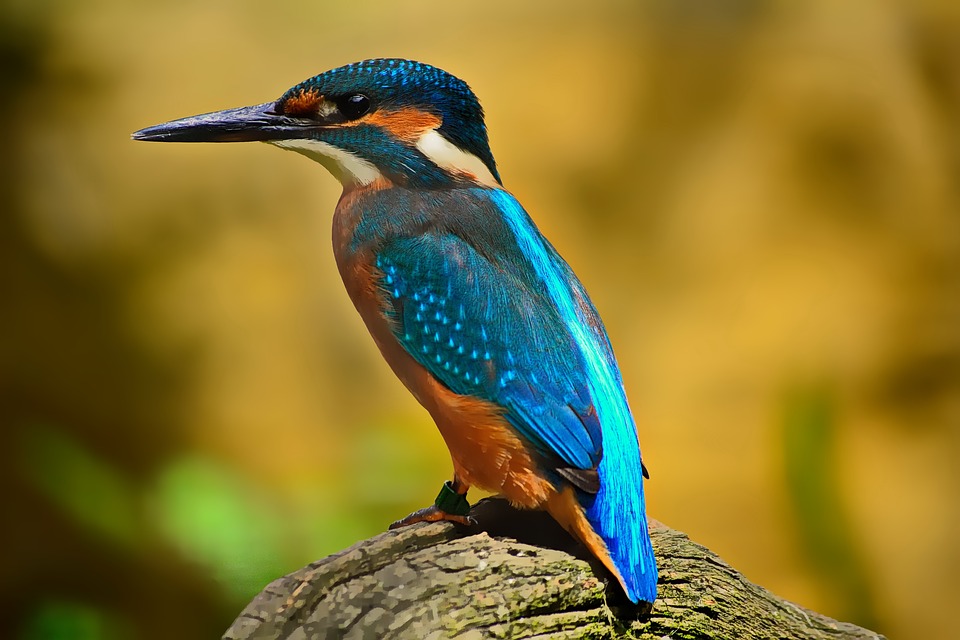A study published in the journal Science reveals that since 1970, bird populations in the United States and Canada have declined by 29 percent, or almost 3 billion birds, signaling a widespread ecological crisis. The results show tremendous losses across diverse groups of birds and habitats from iconic songsters such as meadowlarks to long-distance migrants such as swallows and backyard birds including sparrows. The study notes that birds are indicators of environmental health, signaling that natural systems across the U.S. and Canada are now being so severely impacted by human activities that they no longer support the same robust wildlife populations.
The findings showed that of nearly 3 billion birds lost, 90 percent belong to 12 bird families, including sparrows, warblers, finches, and swallows common, widespread species that play influential roles in food webs and ecosystem functioning, from seed dispersal to pest control.
Among the steep declines noted:
- Grassland birds are especially hard hit, with a 53 percent reduction in population more than 720 million birds since 1970.
- Shorebirds, most of which frequent sensitive coastal habitats, were already at dangerously low numbers and have lost more than one-third of their population.
- The volume of spring migration, measured by radar in the night skies, has dropped by 14 percent in just the past decade.
Evidence for the declines emerged from detection of migratory birds in the air from 143 NEXRAD weather radar stations across the continent in a period spanning over 10 years, as well as from nearly 50 years of data collected through multiple monitoring efforts on the ground.
The analysis included citizen-science data from the North American Breeding Bird Survey coordinated by the USGS and the Canadian Wildlife Service the main sources of long-term, large-scale population data for North American birds the Audubon Christmas Bird Count, and Manomet's International Shorebird Survey.
Although the study did not analyze the causes of declines, it noted that the steep drop in North American birds parallels the losses of birds elsewhere in the world, suggesting multiple interacting causes that reduce breeding success and increase mortality. It noted that the largest factor driving these declines is likely the widespread loss and degradation of habitat, especially due to agricultural intensification and urbanization.
Other studies have documented mortality from predation by free-roaming domestic cats; collisions with glass, buildings, and other structures; and pervasive use of pesticides associated with widespread declines in insects, an essential food source for birds. Climate change is expected to compound these challenges by altering habitats and threatening plant communities that birds need to survive. More research is needed to pinpoint primary causes for declines in individual species.
The study also documents a few promising rebounds resulting from galvanized human efforts. Waterfowl (ducks, geese, and swans) have made a remarkable recovery over the past 50 years, made possible by investments in conservation by hunters and billions of dollars of government funding for wetland protection and restoration. Raptors such as the Bald Eagle have also made spectacular comebacks since the 1970s, after the harmful pesticide DDT was banned and recovery efforts through endangered species legislation in the U.S. and Canada provided critical protection.
It's a wake-up call that we've lost more than a quarter of our birds in the U.S. and Canada. Many of the birds that breed in Canadian backyards migrate through or spend the winter in the U.S. and places farther south from Mexico and the Caribbean to Central and South America. What our birds need now is an historic, hemispheric effort that unites people and organizations with one common goal: bringing our birds back."
Organizations Behind the Study
American Bird Conservancy (ABC) is a nonprofit organization dedicated to conserving birds and their habitats throughout the Americas. With an emphasis on achieving results and working in partnership, we take on the greatest problems facing birds today, innovating and building on rapid advancements in science to halt extinctions, protect habitats, eliminate threats, and build capacity for bird conservation.
Bird Conservancy of the Rockies (Bird Conservancy) is a Colorado-based nonprofit that works to conserve birds and their habitats through an integrated approach of science, education, and land stewardship. Our work extends from the Rockies to the Great Plains, Mexico, and beyond. Together, we are improving native bird populations, the land, and the lives of people. Bird Conservancy's vision is a future where birds are forever abundant, contributing to healthy landscapes and inspiring human curiosity and love of nature.
The Cornell Lab of Ornithology is a nonprofit member-supported organization dedicated to interpreting and conserving the earth's biological diversity through research, education, and citizen science focused on birds. Environment and Climate Change Canada is Canada's lead federal department for a wide range of environmental issues. It informs Canadians about protecting and conserving our natural heritage, and ensuring a clean, safe, and sustainable environment for present and future generations.
Advancing Georgetown's commitment to the environment, sustainability, and equitability, the Georgetown Environment Initiative brings together students, faculty, and staff from across disciplines from the natural sciences, social sciences, humanities, public policy, law, medicine, and business to contribute to global efforts to deepen understanding of our world and to transform the Earth's stewardship.
